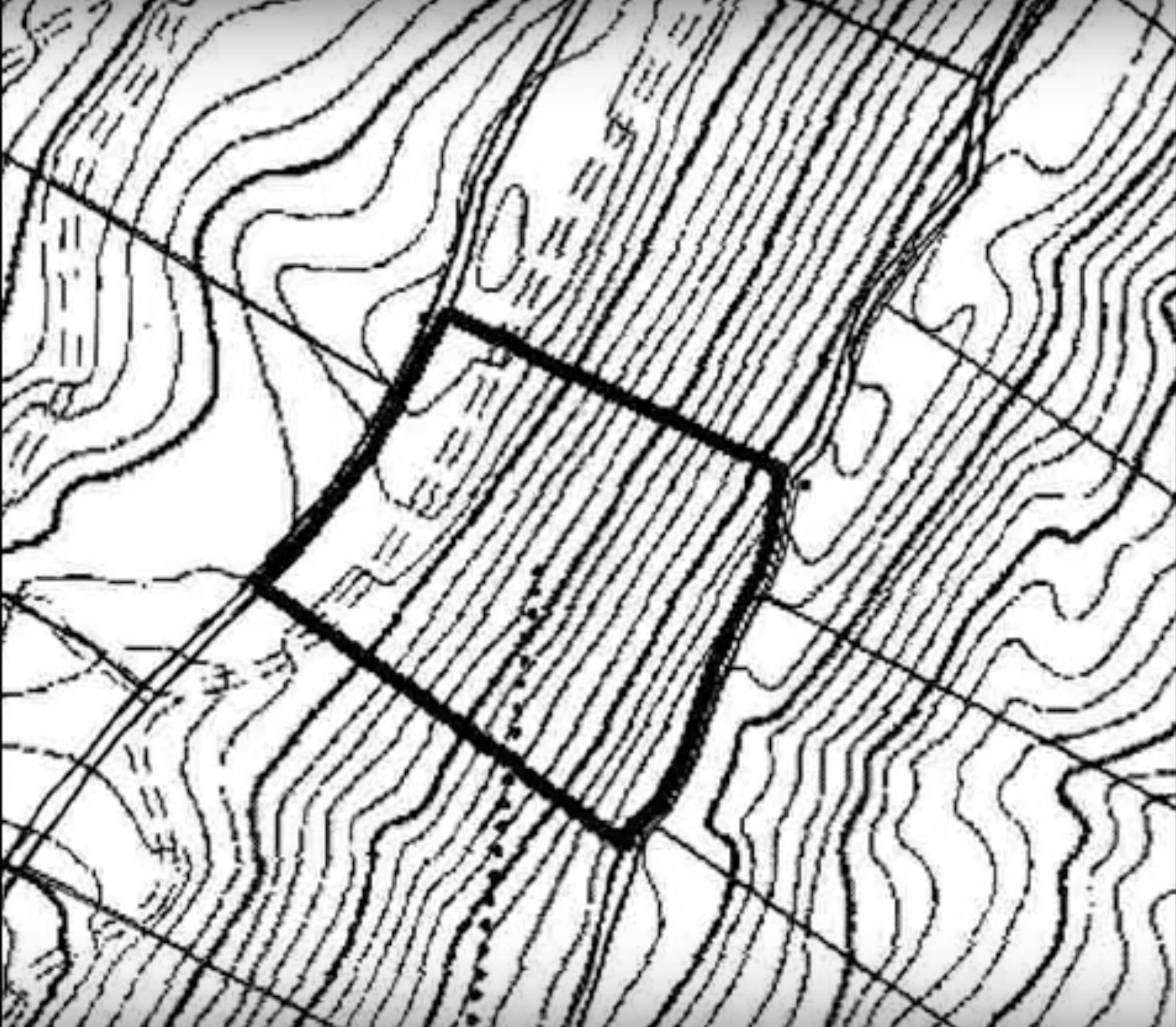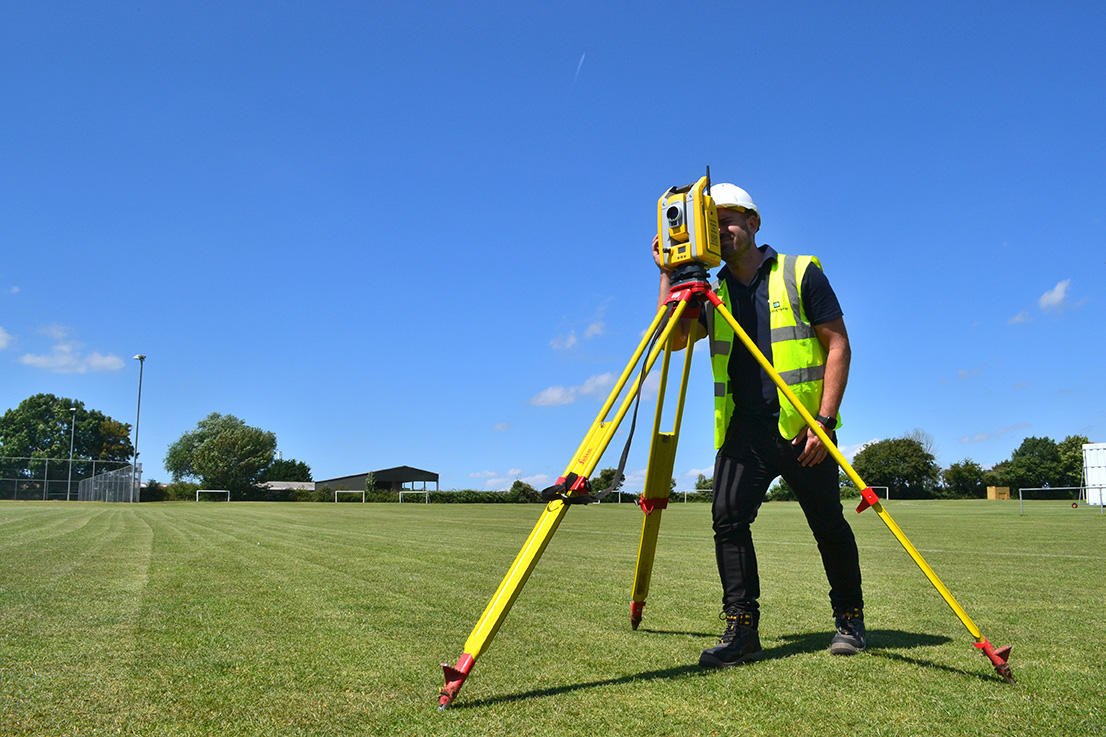Measured Building Surveying for Real Estate and Architectural Projects
Measured Building Surveying for Real Estate and Architectural Projects
Blog Article
Understanding the Basics of Laying Out Design for Specific Building
Establishing out design offers as the foundation of specific construction, making sure that every task straightens with its intended design and specs. As we discover the complexities of establishing out, it comes to be evident that also small oversights can lead to substantial implications.
Value of Laying Out Design
Laying out engineering is fundamentally essential in the building and construction process, as it makes certain that structures are precisely placed according to make requirements. The precision of establishing out straight impacts the overall honesty and capability of the developed environment. Any kind of inconsistencies or errors during this stage can cause significant concerns, such as misalignment, structural failing, or pricey rework.
In addition, setting out design works as an important communication device among numerous stakeholders, including contractors, designers, and engineers. It offers a clear reference framework that overviews the construction group throughout the project, consequently minimizing the danger of misinterpretation and boosting collaboration. This procedure also helps in sticking to regulative criteria and regional codes, which are important for getting needed permits and authorizations.
Additionally, reliable laying out adds to project effectiveness by lowering and assisting in exact dimensions product wastage. By making certain that each aspect is properly positioned from the start, the possibility of hold-ups and budget plan overruns is considerably lessened. In conclusion, the significance of laying out engineering can not be overstated, as it is fundamental to attaining successful, certified, and lasting building results.
Secret Principles of Laying Out
Exact execution of setting out is regulated by numerous essential principles that guarantee effective execution in building and construction jobs. Precision is vital; establishing clear reference factors and lines of view is crucial for minimizing mistakes. This entails using developed standards and making certain that dimensions are taken consistently and accurately.
Another principle is detailed preparation. A comprehensive laying out plan must represent all aspects of the design, consisting of measurements, degrees, and offsets. This insight alleviates inconsistencies throughout building and construction and improves effectiveness.
Effective interaction among employee also plays an essential function. All stakeholders should remain in placement relating to the job requirements and laying out procedures to avoid misconceptions that might bring about expensive blunders.
Additionally, routine confirmation of measurements and placement aids maintain precision throughout the building and construction process. This can include routine checks against existing site attributes or reference indicate make certain that the work stays real to the intended style.
Devices and Devices Required

Fundamental devices consist of the overall terminal, which combines electronic theodolite and range measuring capabilities, enabling specific angle and distance dimensions. Engineering surveys. In addition, a leveling instrument, such as a laser level or optical degree, is important for developing straight planes and gradients
Gauging tapes, ranging from conventional steel tapes to extra advanced digital alternatives, provide vital capability for straightforward direct dimensions. Pen tools, including chalk lines and risks, are crucial for envisioning reference points on-site.
In even more complex projects, GPS checking equipment can improve accuracy over bigger distances, while 3D scanners can help in confirming status quo. Sustaining devices such as plumb bobs and string lines are also crucial for ensuring vertical alignment and straight lines.
Eventually, purchasing high quality tools and preserving them regularly greatly contributes to the overall success of setting out engineering, facilitating a streamlined construction process that follows design requirements.
Common Techniques for Accuracy
Achieving accuracy in laying out design needs the application of details strategies that boost dimension precision. Among the essential strategies is triangulation, which utilizes the properties of triangulars to establish areas with high precision. By determining the lengths of two sides and the angle in between them, designers can precisely position points on-site.
An additional crucial strategy is using leveling instruments, why not try this out such as laser degrees or automated levels. These devices supply a constant reference plane, making certain that all dimensions are drawn from a common standard. Normal calibration of these instruments is essential to maintain their accuracy.

Obstacles and Solutions in Setup Out
Navigating the complexities of laying out design offers different challenges that can influence task results. One significant challenge is the reliance on exact measurements and alignments; also minor mistakes can cause considerable discrepancies in construction. Exterior elements such as ground problems, weather condition, and site access additionally complicate the procedure, necessitating versatile methods.
To address these obstacles, utilizing innovative innovation such as GPS and 3D modeling can improve precision and effectiveness. These tools enable real-time information collection and tracking, reducing human error and ensuring adherence to create specifications. Furthermore, executing extensive training programs for personnel included in setting out can promote an experienced labor force proficient at taking care of prospective concerns.
Establishing clear lines of communication among all stakeholders-- engineers, property surveyors, and building and construction groups-- makes certain that every person is straightened with the project objectives and aware of any changes to the strategy. By accepting these options, experts can substantially improve the accuracy and reliability of setting out engineering practices.
Verdict
In conclusion, understanding the fundamentals of setting out design is crucial for accomplishing precision in building tasks. Ultimately, a strong structure in establishing out design contributes considerably to the total integrity and performance of building and construction results.
Setting out engineering serves as the foundation of specific construction, guaranteeing that every task straightens with its designated design and specs.Establishing out design Home Page is basically important in the building process, as it makes sure that frameworks are properly placed according to make requirements. In conclusion, the importance of setting out engineering can not be overstated, as read this post here it is foundational to achieving successful, compliant, and sustainable construction outcomes.

Report this page